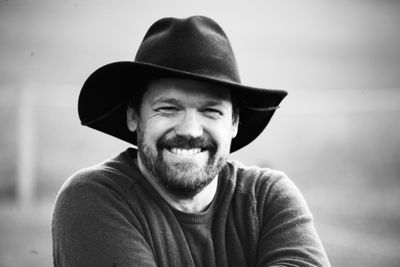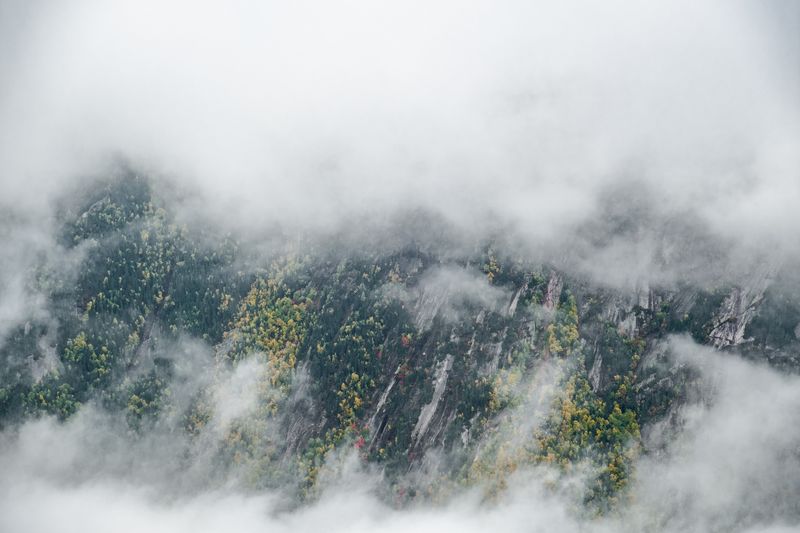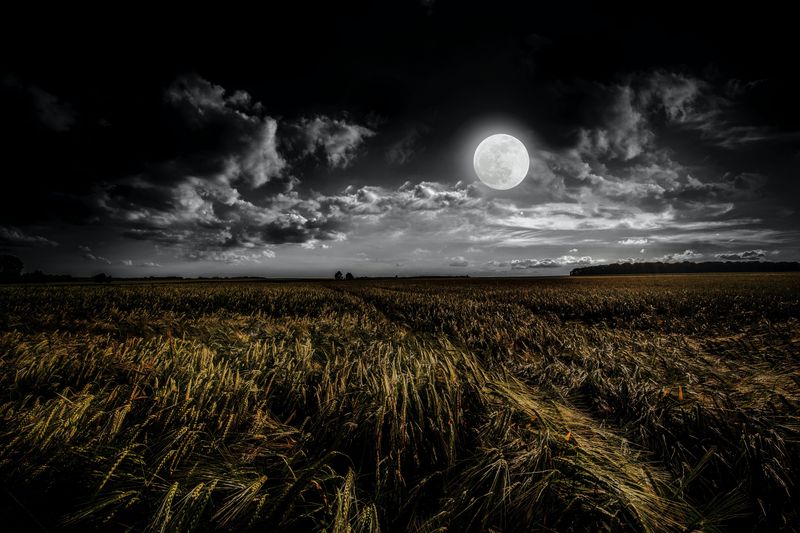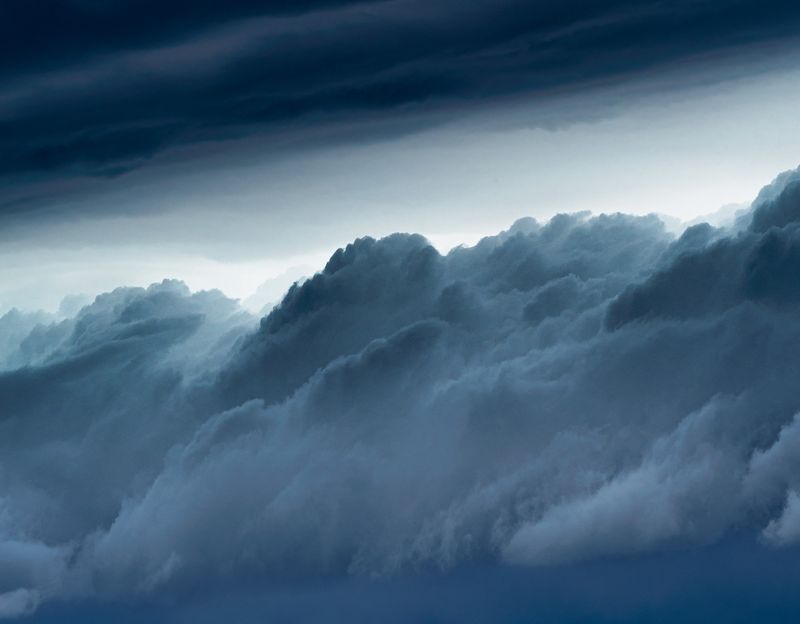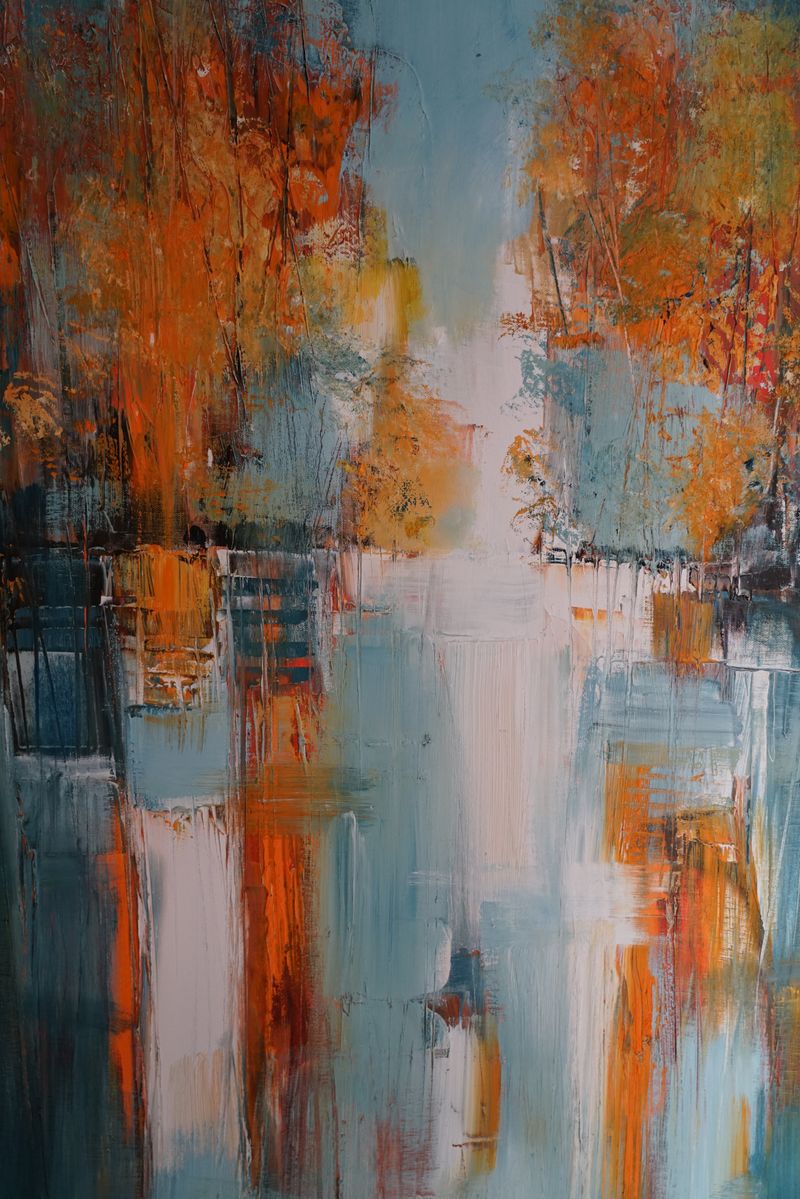Recently I bought a bike, and have started exploring my watershed. Beginning with the creek that runs past the farm, I hope to slowly find for myself an awareness of the catchment in which I live. I’ve been in this place for eighteen months or so, and it’s time I got acquainted.
One of these excursions, a steely grey day, mid-Autumn: I’m riding uphill towards the creek’s source. The air smells moist. Ravens playing in the wind. Rosellas in the eucalypts. I’ve discovered I love the simple sound of tires on gravel, a continuous soft crunch that somehow fits the rural quiet.
The farms here are old, mostly, with warped, rusting sheds and picker’s huts, even if the houses are modern brick, or steel-clad. And steep, with marginal paddocks going to sedges and moss, and fast-growing wattles creeping up from the creek line.
On the bike, I quickly pass beyond my furthest walks, and into some tall forest. The creek below the road turns a little wild here, with big tree-ferns and a maze of fallen trees. Cooler air.
It will be awkward, in many ways, to experience the character of this catchment landscape, as so much is private land, or otherwise inaccessible. There is no right of access to waterways in Tasmania, and many land titles extend to the middle of the creek-beds, so it will be a matter of politely poking at the edges of our colonialist land-tenure system.
But I hope to find something that matters, in this tiny, patient project, by working my way around the catchment. Not by finding all the best spots, or by filtering out the massive bisection of the highway and the local quarries and the rubbish strewn around the bush. All of this is part of the place now, and a part of the culture that currently lives in this land. As is the strong control you experience, of your possible movement, by trespass laws and fences, norms of community privacy, not wanting to annoy anyone.
I have faith though, that by learning something of how the water runs here, the little tributaries—Fogarty’s Creek, Cooke Rivulet, Allens Rivulet, Quarry’s Creek, Mafeking Creek—all feeding into the North-West Bay River coming down from the Wellington Range, something of value will happen to me.
I may find time to paddle the estuary too, where the North West Bay River and the Margate Rivulet meld, wader habitat in the shallows of Stinkpot Bay. Whatever feels important, whatever explorations might add to some kind of ‘landscape of the mind’.
Higher up the road, I pass through run-down homesteads on tiny shelves of land, marginal by anyone’s standard; a small garden, some chickens, no building larger than a boatshed. Stark and messy, but I respect this, as a place to live, an edge to inhabit—a choice similar to my own. Higher again, I catch a view through the forest out beyond this hamlet, down-valley to the sea. Stunning.
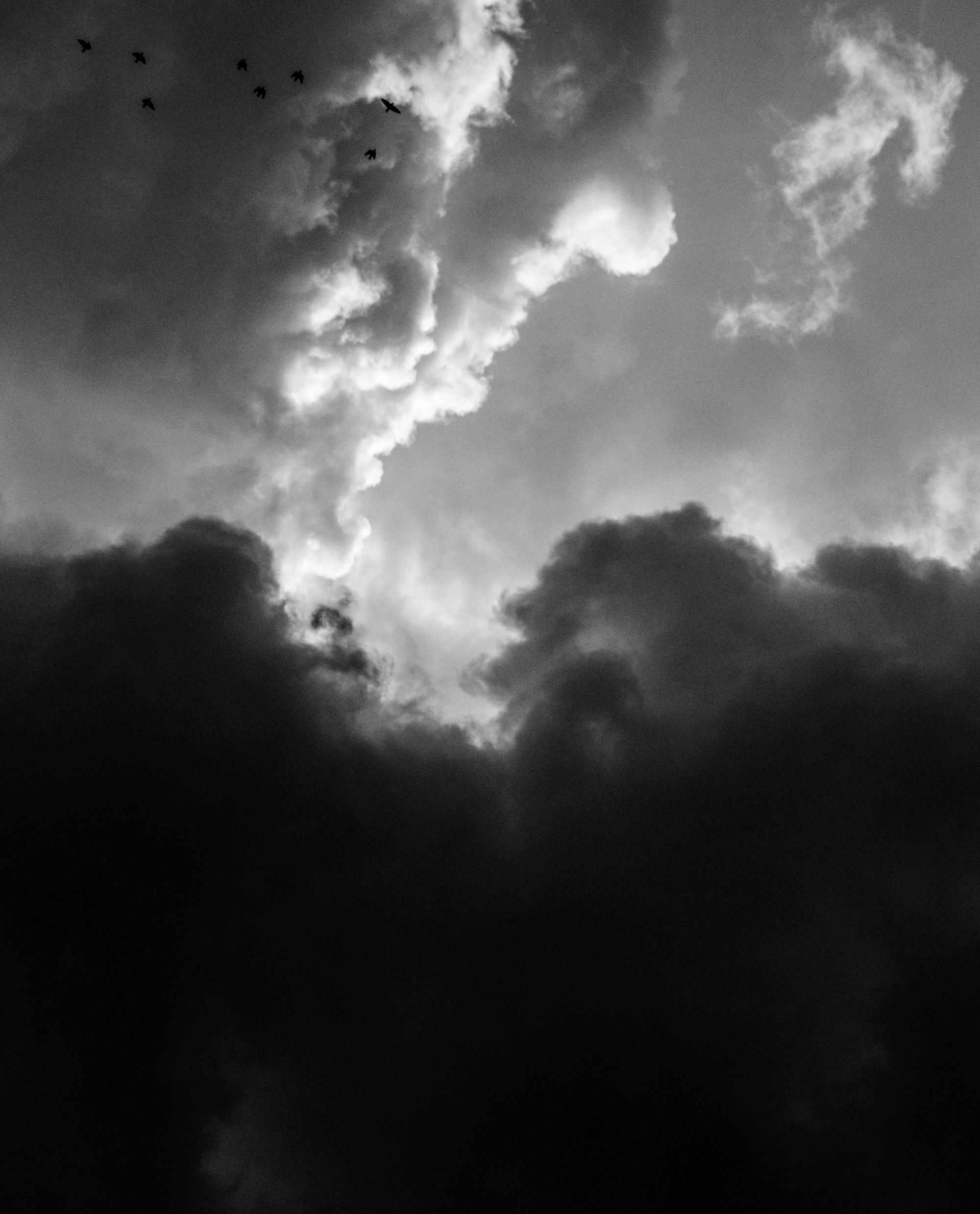
The late Peter Berg was one of many thinkers to champion a movement toward bioregionalism. And I’m thinking of this constellation of ideas as I look out over the forest toward the D’Entrecasteaux Channel, to a slice of Bruny Island and the Tasman Sea beyond.
While not readily reducible, the central idea as I understand it is that human endeavours should rightly be organised, the world over, according to the functional health of their home grounds. And within that concept a bioregion is an area large enough to hold all the necessary flows of life for organisms to flourish there, but small enough to be genuinely, immediately salient to it’s communities, human and otherwise, and given appropriate attention by them. The boundaries of various bioregions are thus somewhat debatable, but for me, knowing the boundaries of mine is much less important than feeling it’s indubitable presence. And while the conceptual boundaries of these regions take their cues from biological flows, they are, as Berg suggests, as much a cultural thing, as ecological.
Because it is a cultural idea, the description of a specific bioregion is drawn using information from not only the natural sciences but also many other sources. It is a geographic terrain and a terrain of consciousness. Anthropological studies, historical accounts, social developments, customs, traditions, and arts can all play a part.
And what is the purpose of this thinking? My sense—to re-align our misguided culture with life itself. Berg wrote somewhat differently. But Berg was writing his contribution at a time, in the 80's and 90's, when being instrumentalist and eminently ‘practical’ helped environmental thought to cut through cultural biases. Thus, the quote continues:
Bioregionalism utilizes them to accomplish three main goals: 1) restore and maintain local natural systems; 2) practice sustainable ways to satisfy basic human needs such as food, water, energy, housing, and materials; and 3) support the work of re-inhabitation.1
Wonderful intent, wrapped in a utilitarian-flavoured framework that was, perhaps, necessary at the time. At least that’s my interpretation of this goal-oriented statement, which I would otherwise find jarring. Bioregionalism, as a practical re-organisation of human concern, needs no goals, as far as I’m concerned. Life is not an aspiration, it is all we have—it is all we are.
Coming down off the ridge I feel fresh, raw in the lungs, and look north toward the mountains. The darkest of possible clouds at their summits. Cockatoos moving ahead of the rain. Already, this exploration is giving back to me a sense of aliveness, of being at large in the world.
Already I feel the presence of water all around me, not least in those dark clouds. It too is life in motion, the ultimate catalyst of earthly energy, the source of all that animates us and the lands that hold us.
Bring on the rain.
- Peter Berg, Bioregionalism, an introduction.


